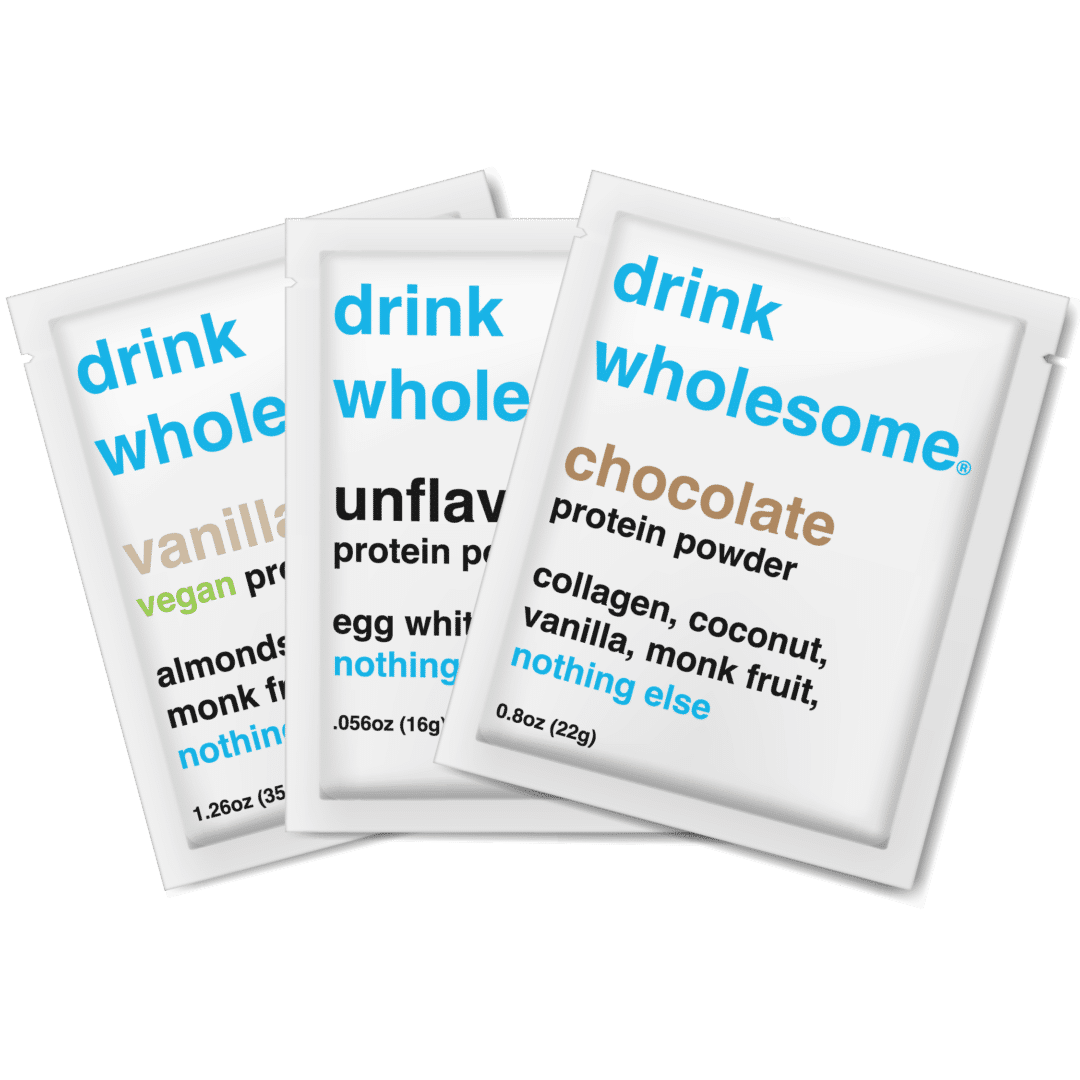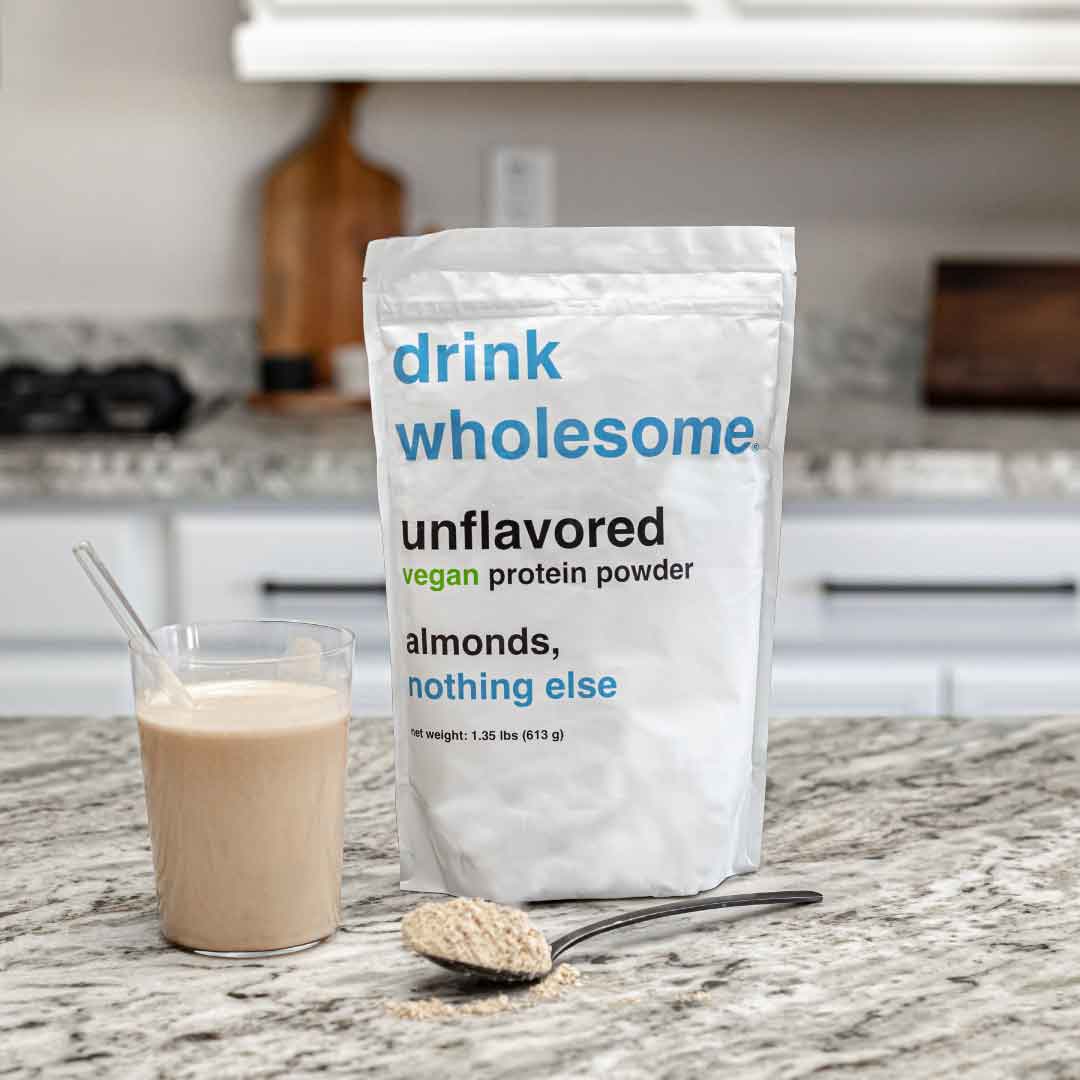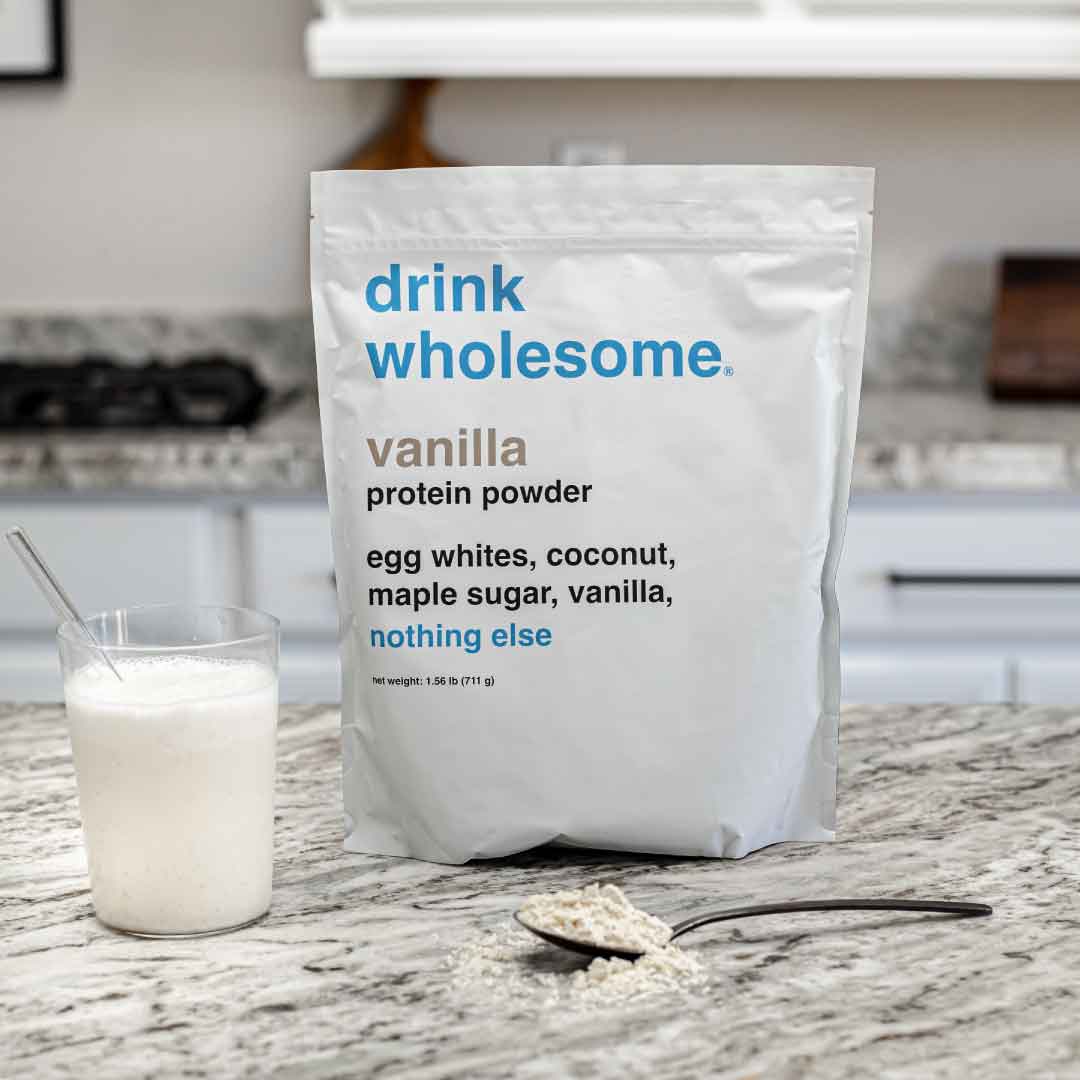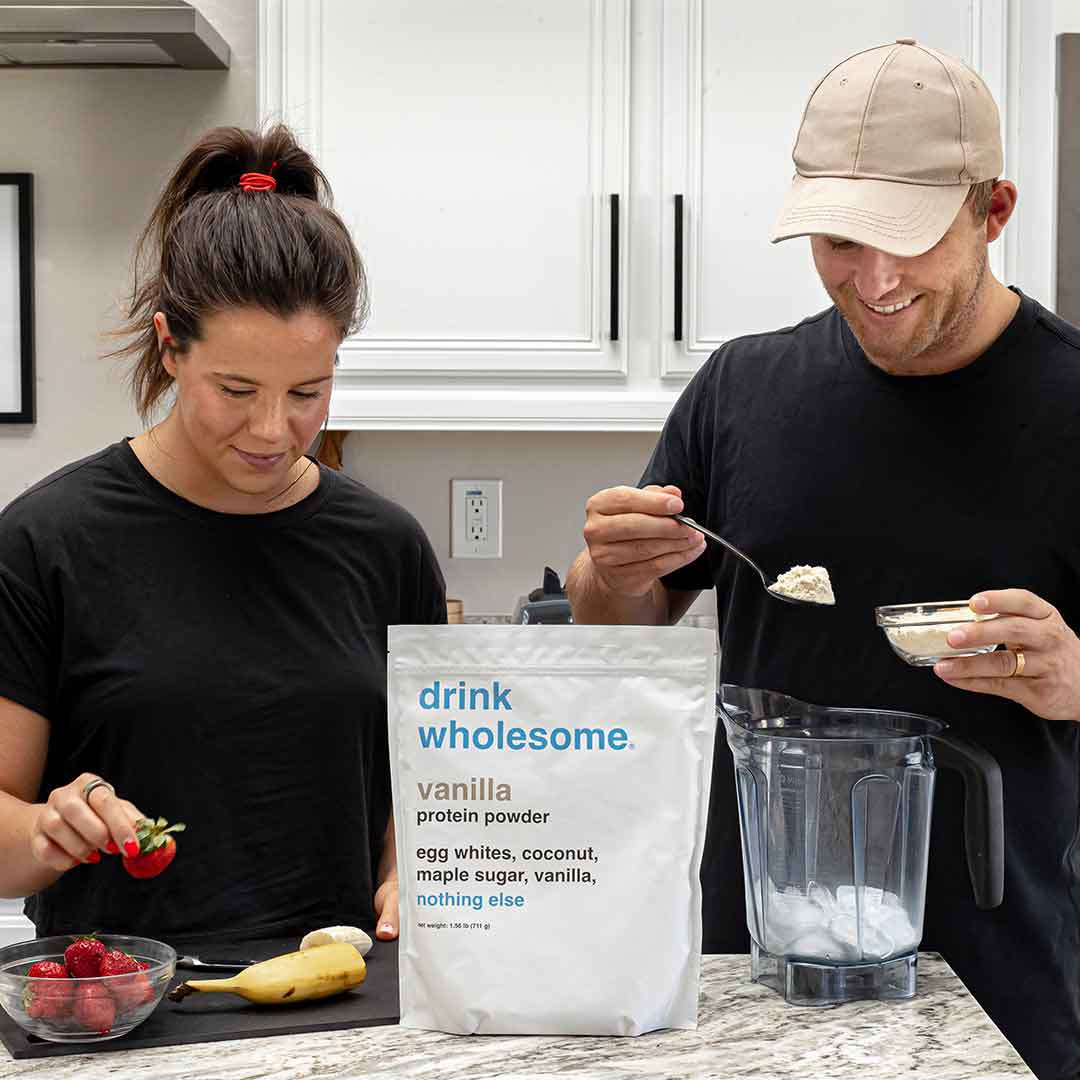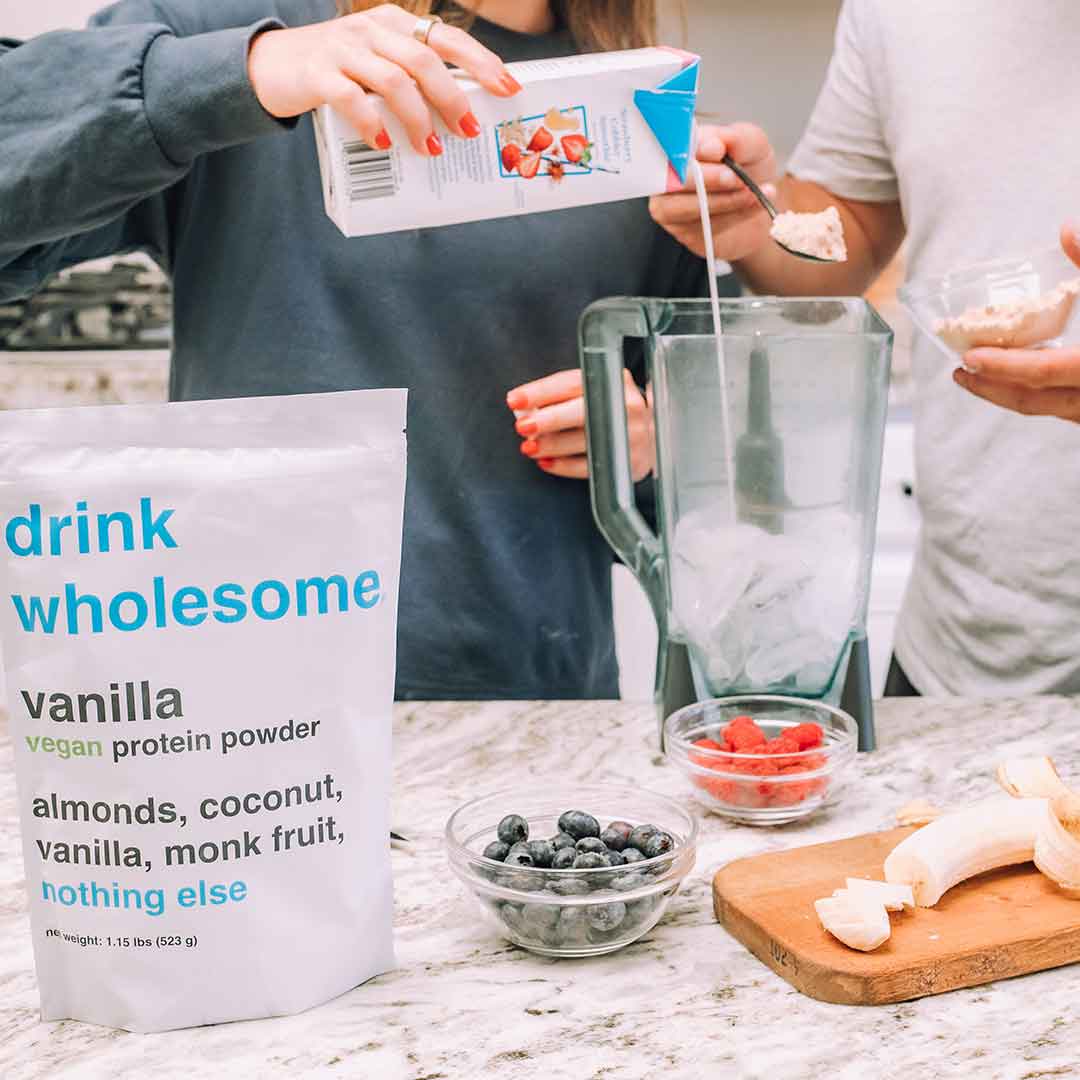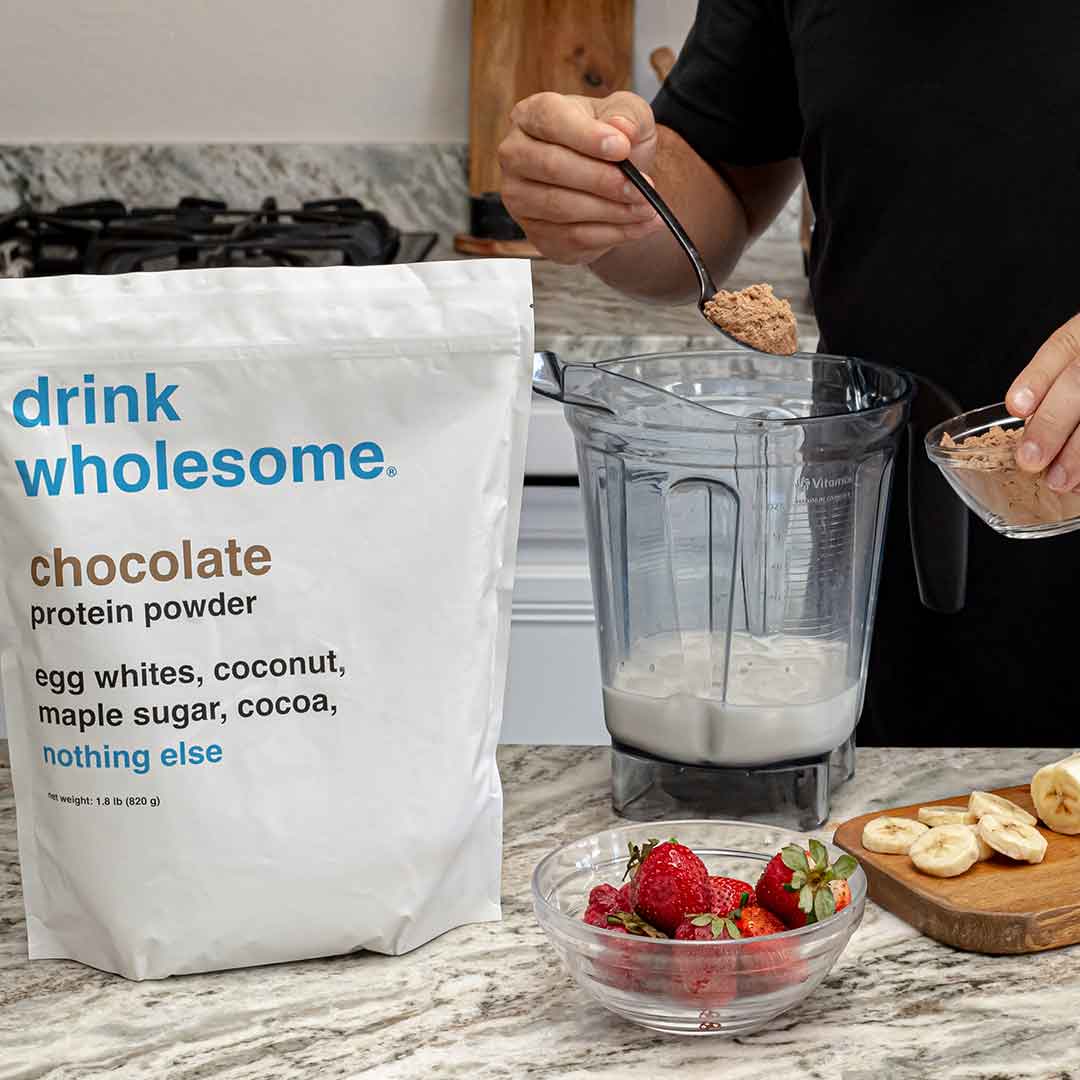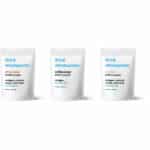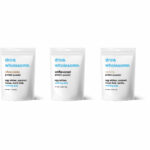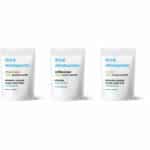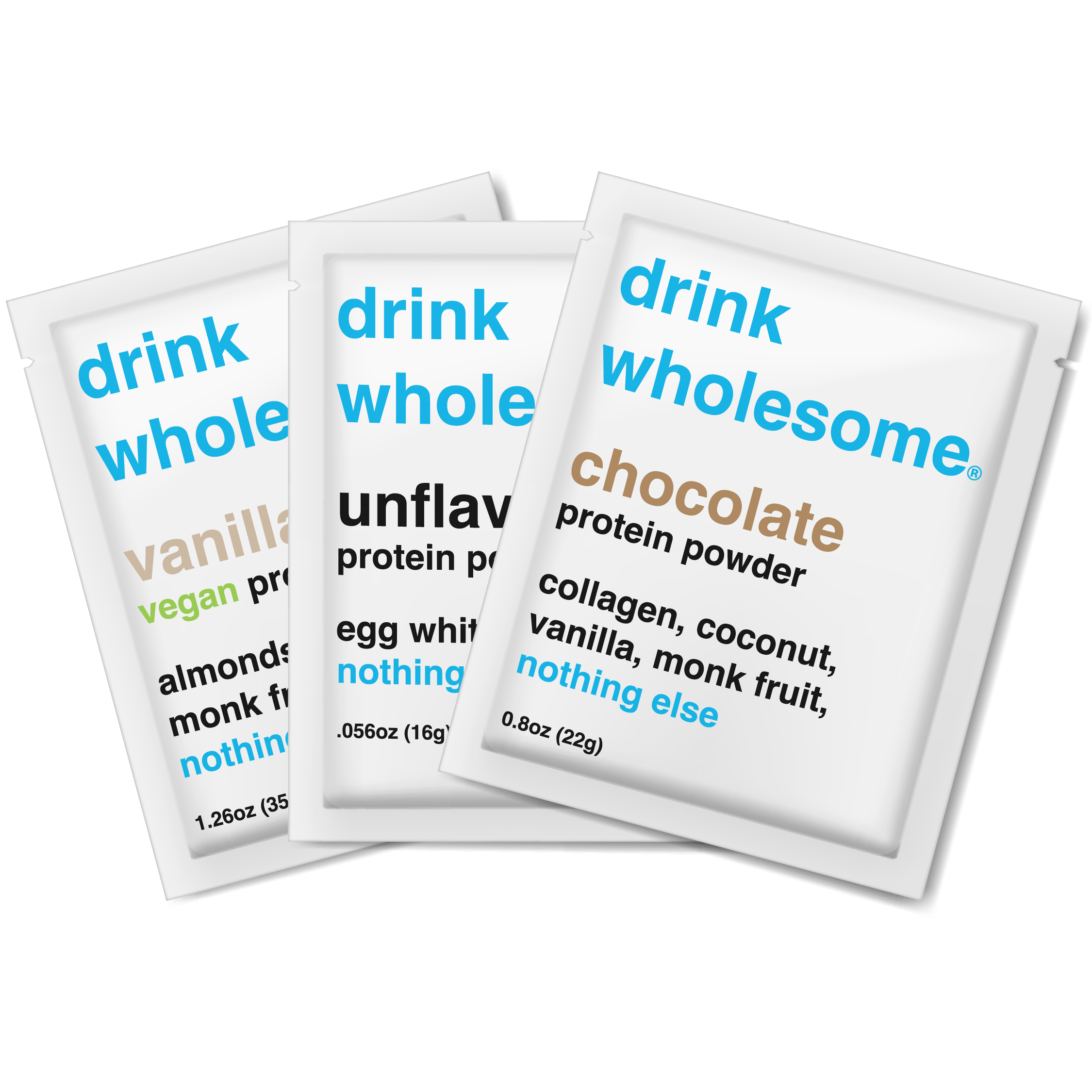drink wholesome makes the best low sodium protein shakes.
Written by Jack Schrupp & endorsed by Baylee Reller, RDN
What does low sodium mean?
While the terms “salt” and “sodium” are often used interchangeably, they do not refer to the same thing. Salt, also known by its chemical name, sodium chloride, is a naturally occurring compound. Sodium, on the contrary, is a mineral and one of the components of salt. It plays a crucial role in regulating fluid and blood volume and muscle and nerve function.
That said, the amount of sodium we need is small, and most Americans consume way too much. Although sodium is naturally occurring in many foods, the majority of the sodium in the American diet comes from packaged, processed, store-bought, and restaurant foods. On average, Americans consume approximately 3,400 mg of sodium per day, or over five teaspoons of salt, which is roughly 20 times more than the body actually needs
Why should you use low sodium protein shakes?
Excessive sodium intake can elevate your blood pressure and heighten the risk of heart disease and stroke. It can also trigger fluid retention, resulting in swelling and other painful side effects. In essence, cutting back on sodium in your diet could significantly improve your overall health, depending on who you are.
When it comes to restricting sodium consumption, the target is to stay below 2,000 milligrams of sodium per day, which is roughly equivalent to just one teaspoon of salt. To put it in perspective, a McDonald’s Big Mac contains 1,100 mg of sodium, or more than half of your daily sodium allowance.


